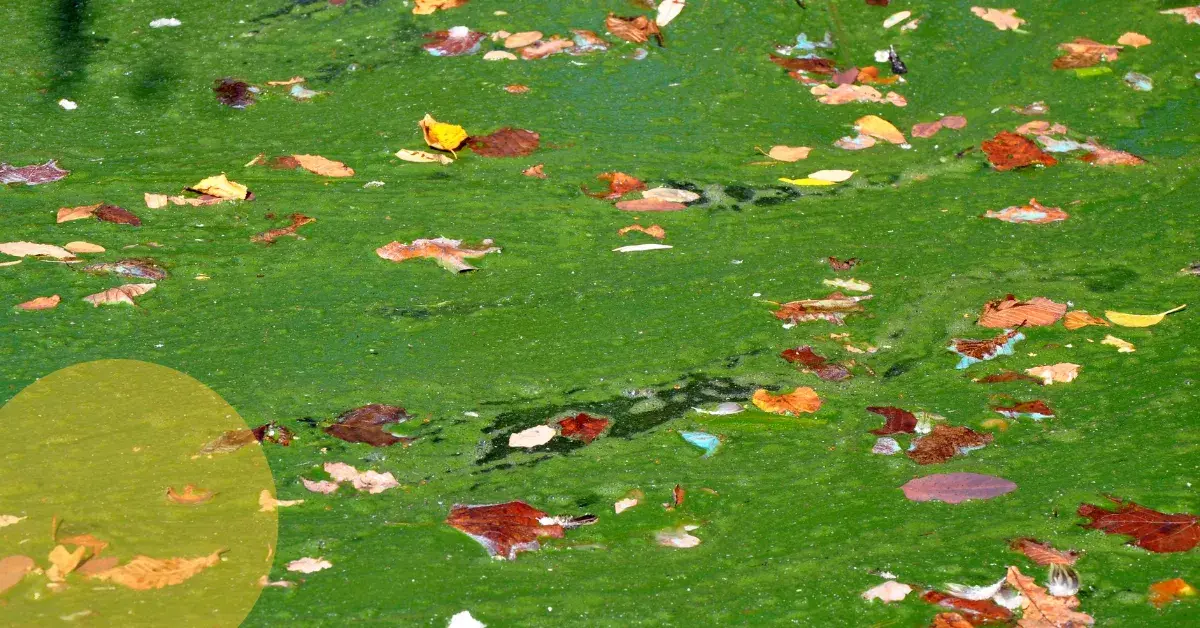1 min read
How to Prevent Biofilm Before It Costs You Millions
![]() Carmit Berger Aharonovich
:
5/7/25 5:40 AM
Carmit Berger Aharonovich
:
5/7/25 5:40 AM

Of all the problems that municipal water providers face, few are as silent and costly as biofilm.
Urban water supply systems managed by municipalities include pipes, tanks, valves, and pumps that deliver drinking water to end users. In some areas, conditions may promote biofilm formation, especially where flow is low, surfaces are rough, or disinfectant levels drop.
What is Biofilm?
Biofilm is a slimy layer of microorganisms that attaches to surfaces inside pipes, tanks, and treatment systems.
It starts when bacteria stick to particles in the water, then grow a protective slime around themselves. Once they form a biofilm, it’s very difficult to remove.
Think of it like plaque on your teeth—brushing isn’t enough. You need a professional cleaning. In water systems, that “cleaning” can involve expensive labor and equipment downtime.
Why Is It So Dangerous?
Biofilms can:
- Harbor Legionella and other dangerous pathogens
- Increase chlorine demand, reducing disinfection effectiveness
- Cause clogging and pressure drops in pipes, membranes and filters
According to global estimates, biofilm damage costs:
- $1 billion per year in membranes and filters
- $15 billion per year in pipes and cooling systems
Which Conditions Encourage Biofilm growth?
Several factors help biofilm grow:
- High turbidity: Gives bacteria particles to attach to
- Low flow or stagnation: Allows bacteria to settle
- Mild temperatures (25–45°C): Ideal for pathogens like Legionella
- High organic matter: Often found in surface water or old infrastructure
- Low Alkalinity: Result in chemically unstable water and pipe corrosion
- pH levels outside standard ranges: Acidic water or alkaline water
Prevention Strategies
Luckily, there are steps municipalities can take before biofilms take root:
- Monitor turbidity, pH and flow fluctuations regularly
- Avoid stagnation: Keep water moving, especially in dead-ends and underused zones
- Disinfect proactively: Maintain free chlorine according to regulations
- Prevent sediment buildup on pipelines or surfaces.
- Prevent corrosion – corrosion makes surfaces rough.
- Use backflow preventers (RPZ valves) according to regulations.
Final Thought
Biofilm is often an invisible threat until it becomes a visible crisis.
Investing in preventive monitoring and understanding your water’s chemistry can save millions in emergency interventions, customer complaints, and yes, regulatory fines.

